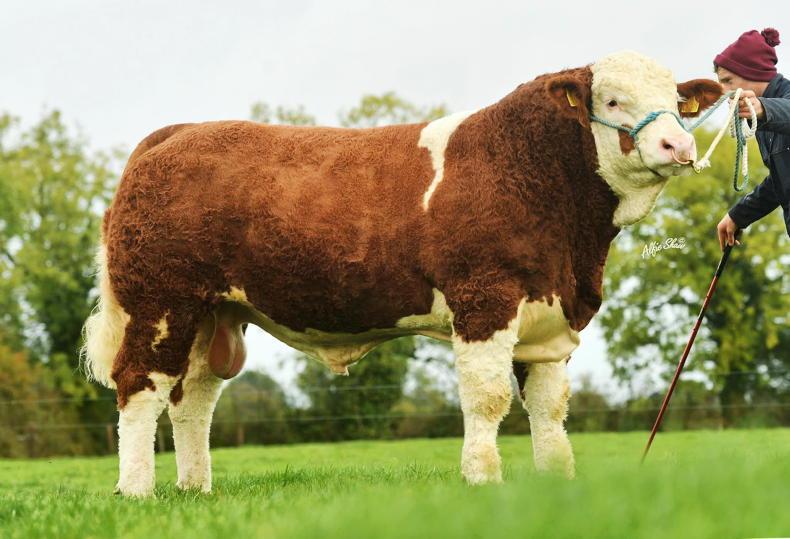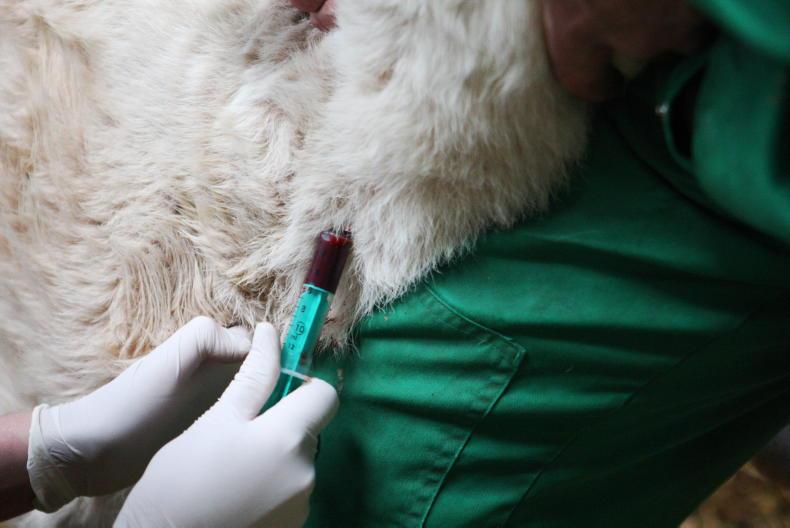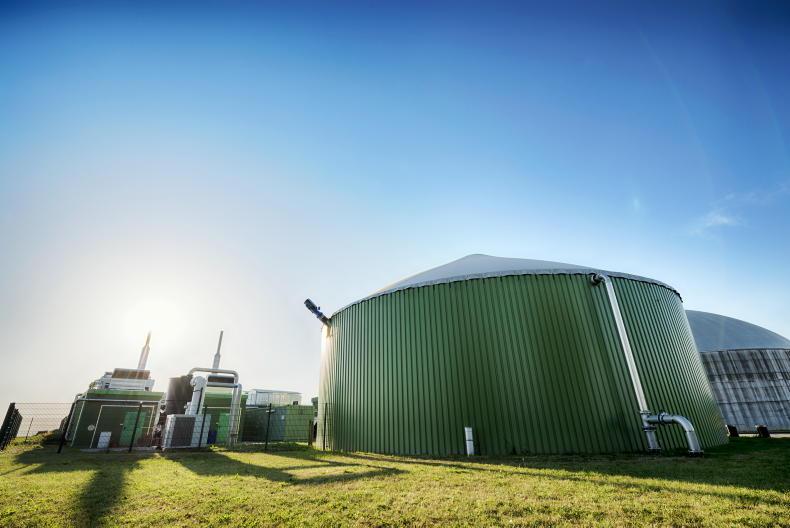Farm incomes were hit by a 15% drop across the board in 2018, according to the Teagasc Annual Review and Outlook 2019.
It will come as no surprise to many that the weather played havoc with farm income levels, particularly at the beginning of the year, when a prolonged spring added to feed and labour costs.
The review also highlighted summer drought difficulties which led to a “collapse in grass growth” but said that a second winter fodder crisis had largely been averted due to dry autumn conditions.
Feed
Increased feeding in order to combat spring and summer shortages was one of the main factors contributing to the dent in farm incomes.
Dairy, beef and sheep farms all saw a serious increase in feed prices, with dairy farms in particular estimated to have spent 50% more on feed this year.
Dairy incomes were also hardest hit, experiencing an average drop of 22%, followed by cattle rearing at 19%, other cattle models at 10% and sheep down 1%.
Despite hardship around sowing and crop growth conditions, the tillage sector experienced a 6% increase to the average income.
Future outlook
Teagasc predicts that if the weather returns to normal in 2019, the farm incomes should increase in some sectors, as there will be less need to pay for additional feed.
It has also estimated that all sectors, bar tillage, should see an income increase in 2019.
Teagasc estimates that lower crop prices in 2019 will lead to a drop in tillage incomes by 9%.
Inputs
In terms of inputs, the main concern will be an increase in the cost of fertiliser, with feed and fuel costs likely to remain stable.
However, it adds that many beef and dairy farmers will have substantial work to do to rebuild their feed stores for winter 2020.









SHARING OPTIONS